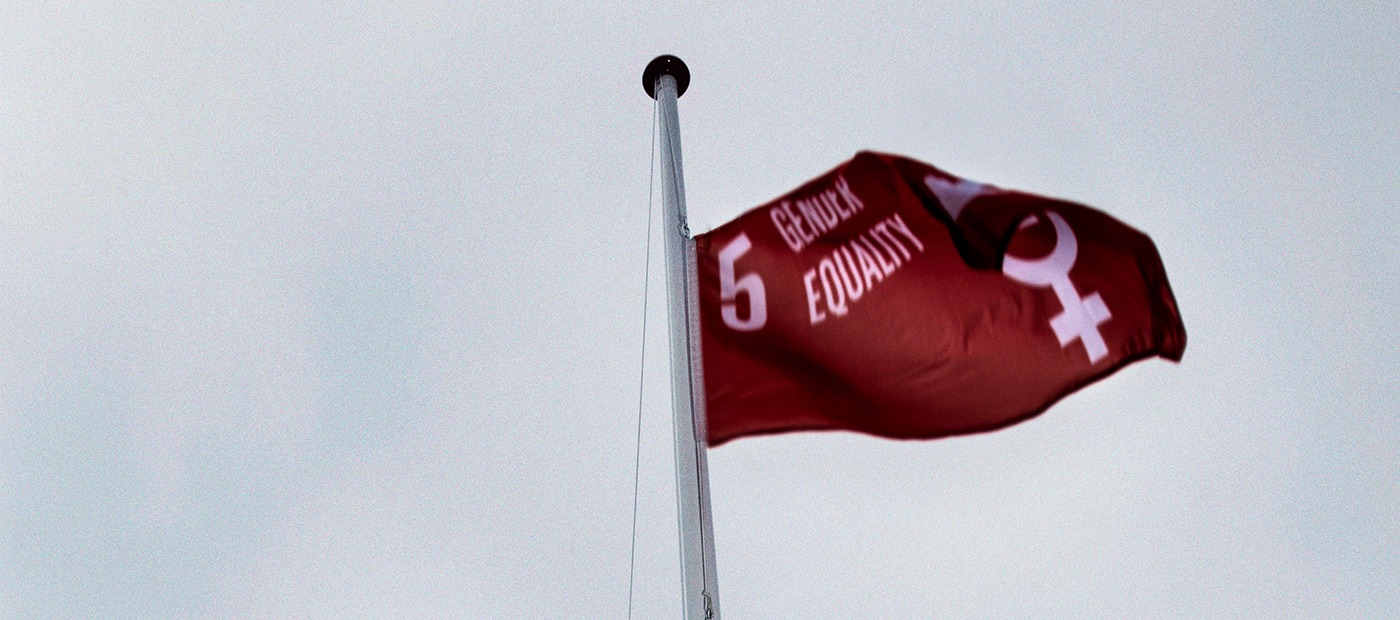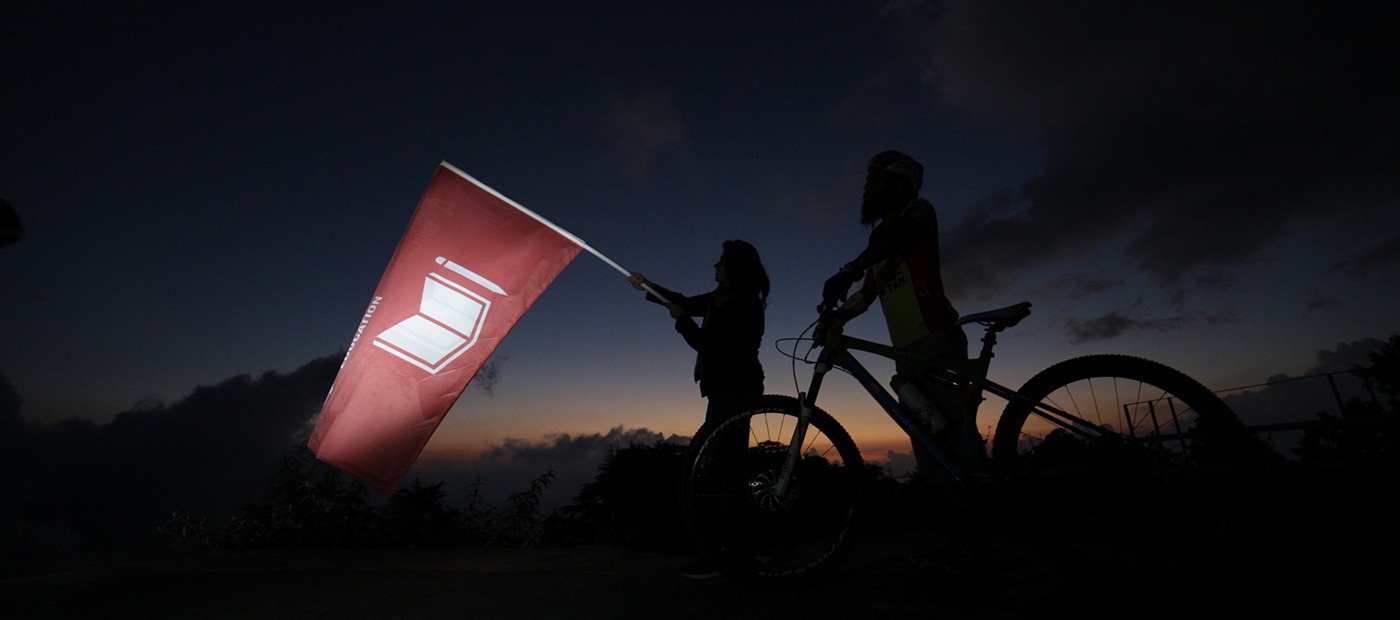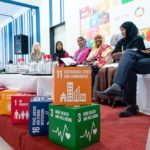Are Women Being Left Behind Despite the UN Pledge to Leave no one Behind?

In what’s being considered the ‘decade of delivery’, there are now less than 10 years until the 2030 United Nations Agenda for Sustainable Development is set to be achieved. The Sustainable Development Goals (SDGs) pledged to ‘leave no one behind’, by recognising people of all nations and demographics, and which while inspiring in its intentions, is yet to be realised. Of these SDGs, the goal behind SDG5 is to achieve gender equality and empower all women and girls. But, are women and girls being left behind?
What does it mean to leave no one behind?
According to the UN, people are left behind when they lack the ability to independently make decisions and access opportunities that allow them to participate and benefit from society. The UNDP highlighted five crucial factors that help to determine who is being left behind. These include discrimination, geography, governance, socio-economic status, shocks and fragility. To achieve the SDGs women need to become full equal agents of sustainable development, and this requires their empowerment through meaningful participation in decision making and the formation of safe and inclusive mechanisms that enable their engagement with their society.

Veronica Mutakyala supervises fleet workshops so that food reaches vital areas in South Sudan.
What has been done well?
Since the SDGs were ratified significant progress has been made towards gender equality in areas including education, health, access to essential services, and legal rights. Similarly, the UN has affirmed that the practice of child marriage has continued to decline, as has the prevalence of female genital mutilation. Despite this, many matters related to women’s equality, as part of SDG5 and the SDGs more broadly, are yet to be confronted.
What is the current situation?
The first index measuring the world’s efforts to realise gender equality revealed that no single country is on target to achieve gender equality by 2030. According to this index, overall, sixty countries are failing on SDG5 so far, and another 24 countries barely pass with a “poor” score. This means that 40 percent of the world’s women and girls, 1.4 billion, live in countries that are failing on gender equality.
Amongst the lowest performing countries are Sierra Leone, Congo, Liberia, Mali and Yemen, each countries that are present on the OECD’s 2018 list of fragile states. This indicates the significance of basic levels of stability, including social, economic and related to governance. It also highlights the need for sufficient funds to implement and maintain infrastructure that is able to provide women with services that protect and promote their rights and interests.
However, even the best performing according to this index have failed in some crucial areas. Denmark the highest scoring overall on the index, drops to 14th place when considered solely in light of SDG 4 for Education, behind countries including Japan and Kazakhstan.

Sustainable Development Goal 4: Quality Education
Case Study: Married Refugee Girls in Jordan
A research project conducted by GAGE at the Overseas Development Institute in July 2019, brought to light a specific context where women are being left behind. Addressing married girls in Jordan, they revealed that of a survey of 997 refugee girls between the ages of 15 and 17, 18% (almost all Syrian) were already married. Of these, only 44% could identify a method of contraception when presented a list of methods, and only 9% were enrolled in school (compared to 64% of their unmarried peers). Further to this they uncovered that as married, these girls were 54% less likely to leave their homes on a daily basis and 17% less likely to have a friend they trust.
These women are disadvantaged by their social isolation, vulnerability to gender-based violence and their lack of agency. What is more important is that this is only one specific example, and other case studies of all forms and varieties of discrimination against women, that will never be told or exposed, exist in all nations in the world.
Why must we turn this around?
SDG 5 is integral to all dimensions of inclusive and sustainable development. In essence, the attainment of all the other sustainable development goals depends on the attainment of SDG5.
SDG 8 for example, to promote sustained, inclusive and sustainable economic growth, is dependent on gender equality because of its links to equal pay and recognition that women devote three times more hours a day to unpaid care and domestic work. This limits the time available for women to not only participate in decent and paid work, but also education, which would otherwise increase future employment prospects. By restricting women’s earnings these gender-based socio-economic disadvantages also impact SDG 10, reducing inequality within and among countries, specifically when these women form part of the world’s lowest paid populations and are subject to secondary poverty.
With less than 10 years to go, there is a lot that is yet to be achieved. Priority therefore must be given to actions that empower women to confront the multiple and intersecting discriminations that obstruct their opportunities and their active participation in their community.
Find out about Female First and how CTG is working towards gender equality.
 Mia Zickerman-White holds a Masters in International Relations from Durham University, and is drawn to the dynamics of international politics and its consequences on the world’s most vulnerable people. While currently interning as a researcher for CTG, Mia has research experience in areas including but not limited to gender, diversity, neo-Orientalism, international security and human rights. She is intrigued by the role and impact corporate social responsibility can have in fragile and humanitarian contexts, such as through initiatives like CTG’s female first.
Mia Zickerman-White holds a Masters in International Relations from Durham University, and is drawn to the dynamics of international politics and its consequences on the world’s most vulnerable people. While currently interning as a researcher for CTG, Mia has research experience in areas including but not limited to gender, diversity, neo-Orientalism, international security and human rights. She is intrigued by the role and impact corporate social responsibility can have in fragile and humanitarian contexts, such as through initiatives like CTG’s female first.


